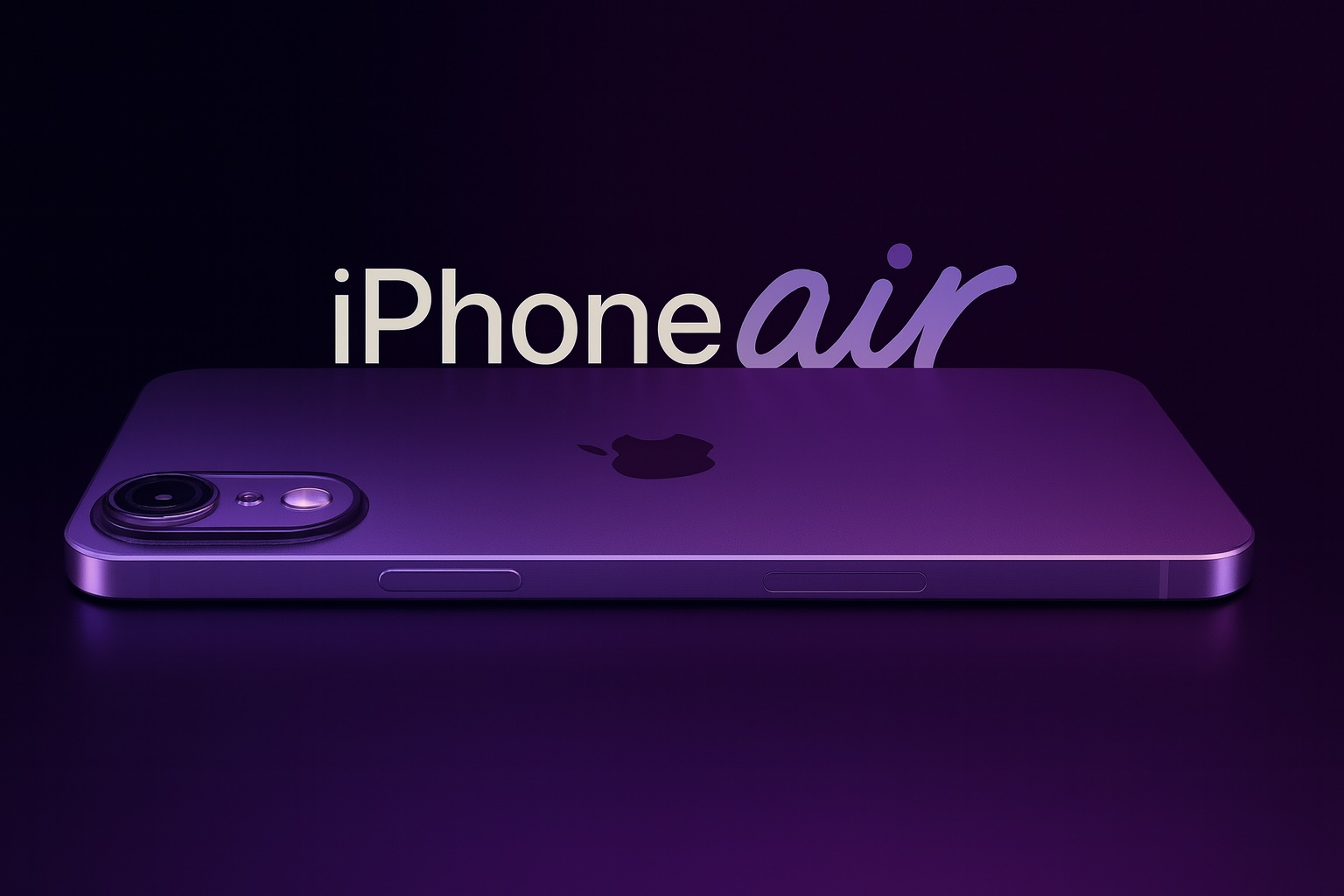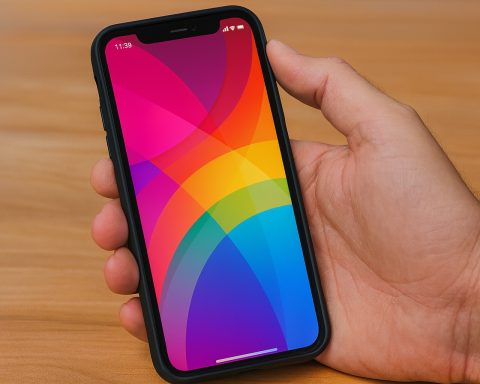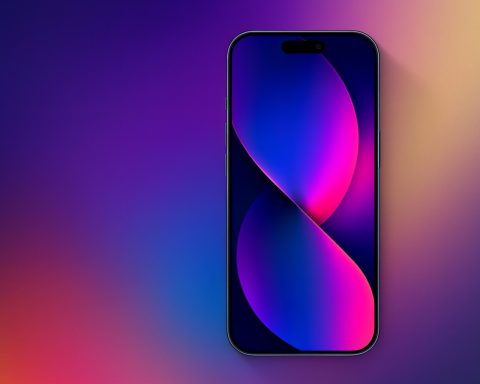- Production Slashed: Supply-chain reports (Nikkei Asia) say Apple has cut iPhone Air orders almost to “end of production” levels – November output is pegged at just ~10% of September’s volume [1] [2].
- Demand Collapse: A KeyBanc Capital Markets survey found “virtually no demand” for the iPhone Air, with buyers flocking to other models [3] [4]. AppleInsider confirms Air sales are lukewarm globally, forcing Apple to slash Air manufacturing sharply [5] [6].
- Analyst Warning: Renowned Apple analyst Ming-Chi Kuo warns the Air’s poor takeup shows the iPhone 17/17 Pro already “cover the majority of high-end user demand,” leaving “little room for new market segments” [7].
- Shift to iPhone 17: Apple is reallocating resources: production of the base iPhone 17 is being raised by ~5 million units, and iPhone 17 Pro orders are up, after the 17 series outsold last year’s model by 14% in early sales [8] [9]. Reuters reports Apple even boosted 17 production by 30–40% following strong preorder demand [10] [11].
- Design vs. Features: The Air debuted in Sept. 2025 at $999 as Apple’s thinnest (5.6 mm titanium frame) and lightest iPhone [12] [13]. Critics say that slimness comes at a cost: it has only one rear camera and less battery than other 17-series phones, yet costs more than the dual-camera $799 iPhone 17 [14] [15]. This tradeoff has clearly turned many buyers toward models with better cameras and endurance [16] [17].
- Industry Parallel: Samsung saw a similar outcome: its ultra-thin Galaxy S25 Edge sold only ~1.3 million units and was quietly discontinued, as customers “favor high-end cameras, larger batteries, and traditional designs over ultra-thin models” [18] [19].
With these factors combined, Apple’s newest “Air” iPhone – intended as a sleek, ultra-thin model – is already being trimmed back. Multiple supply-chain sources tell Nikkei Asia that starting in November the iPhone Air’s component orders will be less than 10% of what they were in September, effectively approaching “end-of-production” levels [20] [21]. One supplier manager explained, “The total forecast has almost entered end-of-production mode…production in November will be down by about 10% versus September’s production run” [22]. In other words, Apple appears to be winding down Air production as customers largely ignore the phone.
This news follows Apple’s own launch of the Air in mid-September. The iPhone Air (starting at $999) is just 5.6 mm thick – Apple’s thinnest ever – using a titanium frame to stay strong but light [23] [24]. At launch Apple indicated the Air would account for roughly 10–15% of new iPhone output [25]. But reports now say that plan is being abandoned. AppleInsider notes, “the iPhone Air has endured a lukewarm reception from consumers around the world…[and] Apple has slashed iPhone Air manufacturing considerably” [26]. In fact, Chinese media even report the Air sold out almost immediately in China, suggesting the flop is largely outside China [27]. (Apple launched the Air in China on Oct. 22; strong early sales there contrast with reported weakness elsewhere.)
Experts and analysts agree this is a notable failure for Apple. A KeyBanc Capital Markets survey found “virtually no demand for iPhone Air,” and consumers showed only limited interest even in foldable phones [28] [29]. Counterpoint Research analysts similarly note that early buyers have gravitated to the 5.7‑inch iPhone 17 and its Pro/Max variants, leaving the Air in the dust [30] [31]. Ming-Chi Kuo, a well-known Apple analyst, bluntly observed that the Air’s poor performance means the iPhone 17 and 17 Pro already “cover the majority of high-end user demand,” implying there’s little room for this new niche [32]. TechRadar comments that the Air’s sole advantage – its thinness – is hard to appreciate compared to the compromise of “just one rear camera and worse battery life”, especially since it costs more than the dual-camera base iPhone 17 [33]. In short, reviewers and sources say Apple seems to have misjudged what customers want: a lighter phone but not at the expense of features.
While the Air flounders, Apple is redirecting its resources to where demand is strong. Reports indicate Apple has increased production of the standard iPhone 17 by roughly 5 million units, and likewise boosted 17 Pro/Max runs [34] [35]. Counterpoint notes the new iPhone 17 lineup sold 14% more units in the first 10 days than the iPhone 16 did a year earlier [36]. In fact, Reuters reported that after much stronger-than-expected preorders for the $799 iPhone 17, Apple told its assemblers to ramp up output by about 30–40% [37]. (Apple even moved some premium features – like a better camera and display – into the base iPhone 17 this year, narrowing the gap to the Pro models [38].) Overall, the shift suggests Apple is pushing its resources toward the high-volume models that shoppers clearly want, rather than the experimental Air. One supplier summed up the situation: despite early hype for the Air, “unexpectedly robust demand” for the 17 lineup has easily compensated for the weak Air sales [39].
The iPhone Air saga echoes a recent tech industry pattern. Samsung’s Galaxy S25 Edge – another attempt at an ultra-thin device – was similarly shunned by buyers and was quietly discontinued. News reports say Samsung even canceled its next-gen “Edge” model after just 1.3 million units sold, because customers prefer phones with larger batteries and multi‑lens cameras [40] [41]. This parallel suggests the market for super-slim phones may be very limited.
Looking ahead, analysts caution that the iPhone Air’s future is uncertain. Some commentators speculate that Apple may skip a second-generation Air altogether if demand stays this low. As TechRadar bluntly puts it, if Air sales continue to lag, “we suspect you’ll be out of luck” for a new iPhone Air next year [42]. Instead, industry whispers point to Apple shifting its innovation to the rumored foldable iPhone set for 2026 [43].
In summary, all signs point to the iPhone Air failing to catch on. The combination of very weak consumer interest, confirmed by surveys and supply‑chain checks, has prompted Apple to slash Air production orders (by roughly 80%) and move supply toward its more popular models [44] [45]. Wall Street analysts and tech reporters alike emphasize that Apple’s strength still lies in its main iPhone 17 line, which is selling briskly, while this latest ultra-thin experiment is being scaled back sharply [46] [47].
Sources: Industry reports from Nikkei Asia, AppleInsider, 9to5Mac, The Economic Times and other tech outlets, supply-chain insiders, analyst comments (Mizuho, Counterpoint, KeyBanc, Ming-Chi Kuo, etc.) [48] [49] [50] [51]. These include recent news stories and quoted expert analysis on iPhone Air production and demand.
References
1. 9to5mac.com, 2. economictimes.indiatimes.com, 3. economictimes.indiatimes.com, 4. www.techradar.com, 5. appleinsider.com, 6. www.techradar.com, 7. www.macrumors.com, 8. appleinsider.com, 9. www.ndtv.com, 10. www.reuters.com, 11. appleinsider.com, 12. www.ndtv.com, 13. appleinsider.com, 14. www.ndtv.com, 15. www.techradar.com, 16. www.techradar.com, 17. www.ndtv.com, 18. www.ndtv.com, 19. www.macrumors.com, 20. 9to5mac.com, 21. economictimes.indiatimes.com, 22. appleinsider.com, 23. www.ndtv.com, 24. appleinsider.com, 25. appleinsider.com, 26. appleinsider.com, 27. appleinsider.com, 28. economictimes.indiatimes.com, 29. www.techradar.com, 30. www.techradar.com, 31. www.ndtv.com, 32. www.macrumors.com, 33. www.techradar.com, 34. appleinsider.com, 35. 9to5mac.com, 36. www.ndtv.com, 37. www.reuters.com, 38. www.reuters.com, 39. 9to5mac.com, 40. www.ndtv.com, 41. www.macrumors.com, 42. www.techradar.com, 43. www.macrumors.com, 44. 9to5mac.com, 45. appleinsider.com, 46. www.ndtv.com, 47. www.macrumors.com, 48. economictimes.indiatimes.com, 49. appleinsider.com, 50. www.ndtv.com, 51. www.macrumors.com




